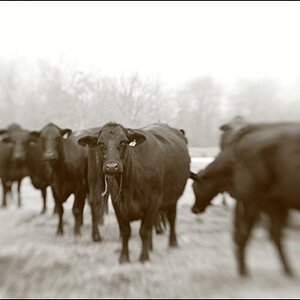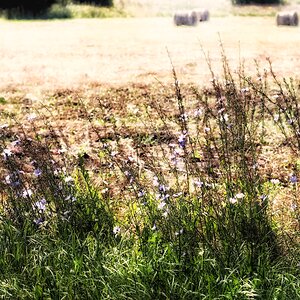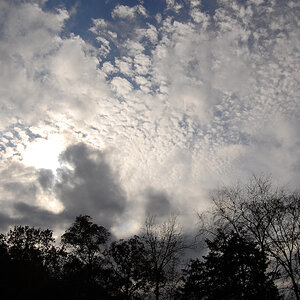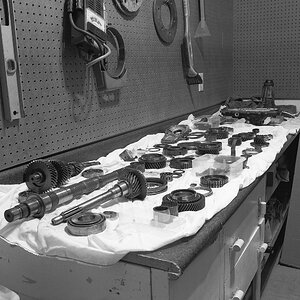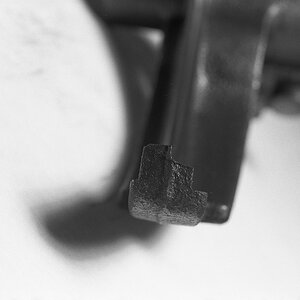AnthonyB
TPF Noob!
- Joined
- Jul 20, 2010
- Messages
- 134
- Reaction score
- 1
- Location
- Newfoundland
- Can others edit my Photos
- Photos OK to edit
So I tried my hand at a panoramic shot, I thought it came out fairly good, before you say it the right side of the pond was cut off from my viewpoint lol
It is 5 images stitched together ,how do I get rid of the white highlights in the sky ?

It is 5 images stitched together ,how do I get rid of the white highlights in the sky ?



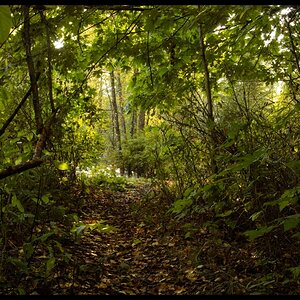
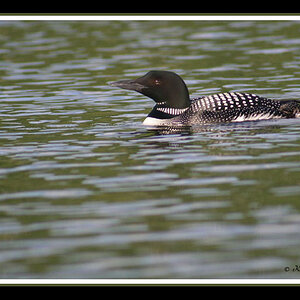

![[No title]](/data/xfmg/thumbnail/41/41760-e5b9dc90c1289f677ce3ca9dc1fa6dde.jpg?1619739884)
